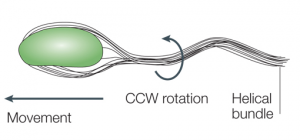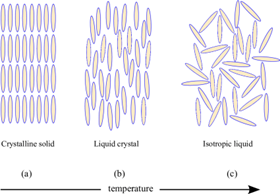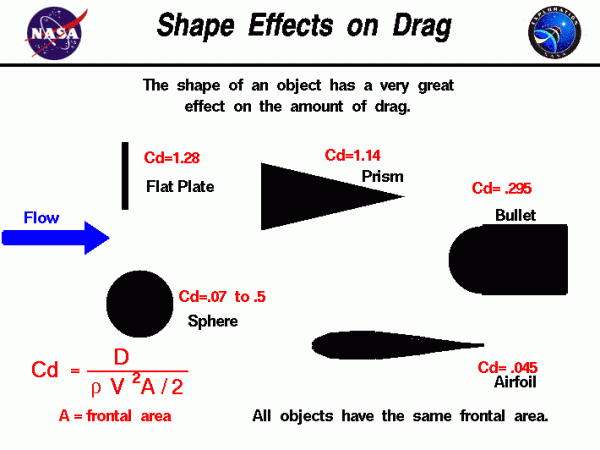47 Dataset 4: Swimming Bacteria
Brokk Toggerson
How much force can a bacteria exert?
Some bacteria can actively swim. One of these is Bacillus subtilis which has many flagella (shown below) allowing it to swim. Usually, the direction of motion appears somewhat random as bacteria actively explore their environment or respond to a variety of stimuli. However, a research lab lead by Prof. Zhou in the Physics Department here at UMass Amherst has been exploring ways to get them to swim in particular directions to create what are called “living liquid crystals.” You have probably seen a liquid crystal display before such as on your calculator (example below). An important feature of liquid crystals is their so-called anisotropy: they are not the same in each direction. A liquid crystal has long molecules which tend to line up as shown in the last figure below. Living liquid crystals, embed bacteria within them; these bacteria have an easier time swimming along the crystal than across it encouraging them to swim in a particular direction. One potential application of this is the movement of cargo particles through a system.
 |
 |
 |
|
What you need to figure out
In this project, you will be using some data from Prof. Zhou’s lab, collected by one of our TA’s Issac Akomolafe to measure the amount of force these bacteria can exert as they swim and what forces are important. In particular, you will be looking at the forces exerted by bacteria 11 in the video below. The speed of these bacteria as functions of time can be found in this spreadsheet.
Kinematics
Key Questions
- What is the path of the bacteria? Yes, you can see it in the video, but please reproduce it. How does it compare with the video?
Forces
Key Questions
- When you draw your free-body diagram, include the direction of velocity as that will be important.
- Which of the types of fluid resistance are important?
- I.e. what is the Reynolds Number?
- Can you ignore one or more of them? Justify why.
- What is the force the bacteria can exert? Express your number as
 .
.
Energy
Key Questions
- How much work is done by the bacteria?
Hint: you can do this in the simulation by looking at the distance traveled in each time step. - Assuming all of this energy came from ATP hydrolysis, how many ATP molecules did this take?
- Where did this energy go?
Some data you may find useful
| Parameter | Value |
| Mass | 9.96×10-15 kg |
| Radius (you can treat them as spheres) | 1.33 μm |
| Viscosity of the liquid crystal through which they swim | 11.7 N·s/m2 |
| Density of liquid crystal | 1000 kg/m3 |


